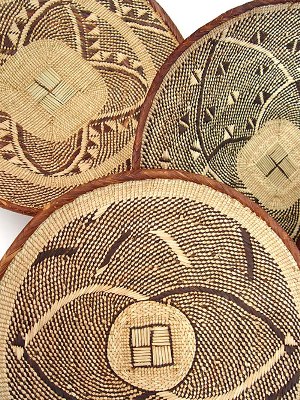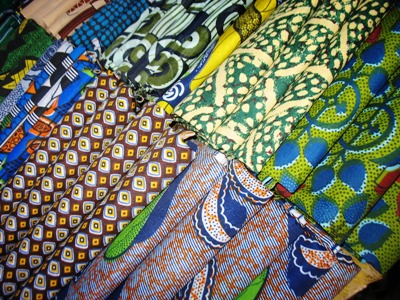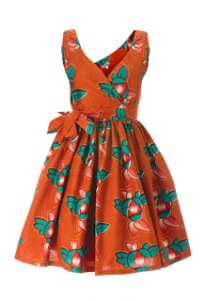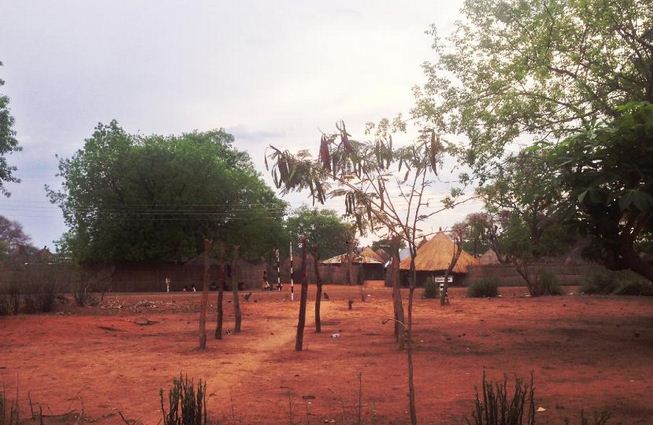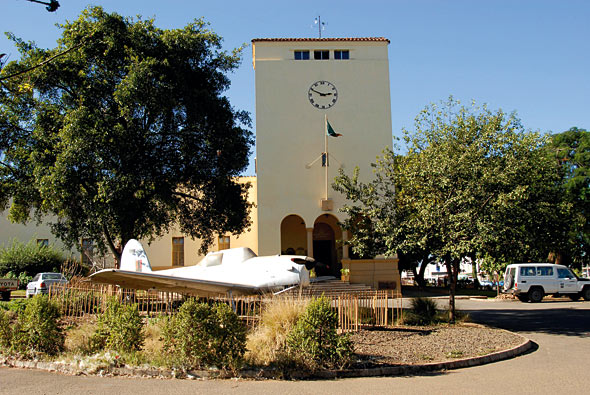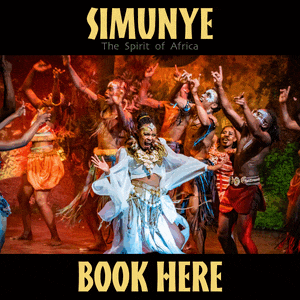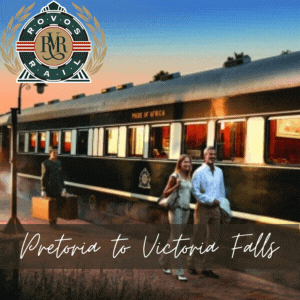Zambian CultureWith over 70 ethnic groups, Zambian Culture is highly diverse. Each cultural group is acknowledged and celebrated each year in colourful festivals.
LanguageBeing a former British colony, the official language spoken in Zambia is English, but like any African country, there are other languages that are spoken by the original inhabitants of Zambia. The total number of languages spoken in Zambia is 73, with the most popular being Nyanja, Bemba, Lozi, Tonga, Luvale, Lunda, and Kaonde. In the Livingstone area, Tonga is the most widely spoken of the local languages, while in Lusaka and eastern Zambia, Nyanja is the most popular, followed by Bemba. Portuguese, German and French form part of some schools' curriculum. Zambian CultureBefore the colonial days, Zambia's different ethnic groups lived in their own communities, each with their own culture. Much of that has changed with urbanisation and influence from western culture, but the people of Zambia still preserve their traditions and celebrate over 20 ceremonies and cultural festivals each year in the different parts of the country. Some of them are small closed ceremonies that include a group of young men or women, others involve an entire village, and then there are some which are open and attract large crowds in the tens of thousands and even include the head of state. You can expect to find singing, drums and lots of dancing at these large festivals. Music in ZambiaTraditional Zambian music is characterised by a lot of singing and dancing. The instrument that is played more than any other is the drum, and there there are others such as the thumb piano (kalimba, kathandi, or kangombio in some Zambian languages, or mbira in some cultures), and the kilimba (marimba or xylophone). Today, Zambia's music is a mixture of traditional, African and western and contemporary sounds with influences from Zambia's different traditional groups, music from other African countries such as the Democratic Republic of Congo and South Africa, and music from Jamaica and American genres. Zambian Traditional ArtIn Zambia, traditional art was expressed in pottery, basketry, carvings and stools. More materials are being used nowadays, such as metal (copper or wire), plastic and fabrics. Recycled art can be seen especially in tourist markets and curio centres. The chitenge material is used in dress (particularly traditional dress, or wrapped around the waist like a sarong), but this type of African fabric has recently gained worldwide popularity in African fashion clothing and accessories.
Religion in ZambiaZambia's 1996 constitution states Christianity as a country's official religion, although all people in the country are free to practice their own beliefs. Quite a number of traditional Zambian traditional beliefs blend with Christian values. Church attendance is usually a colourful and festive affair with lively singing and dancing and, and folks are usually well dressed for the occasion. Christian denominations include Roman Catholic, Anglican, Methodist, Branhamism, Seventh Day Adventist, Presbyterian, New Apostilic, Pentecostal, Jehovah's Witness, Lutheran, Church of Jesus Christ of Latter Day Saints and other Evangelical churches. About 1% of the total population of Zambia is made up of Muslims, the majority of which are Sunni. There are also Jewish, Hindu, Sikh and Bahá'í communities. Experience Zambian Culture in Livingstone
Return from Zambian Culture page to our home page |
|
||||||
|
|
|||||||
|
|
|||||||
|
| |||||||
